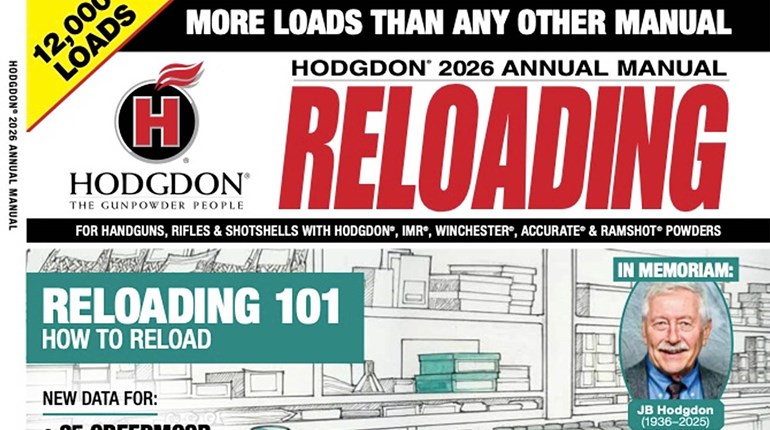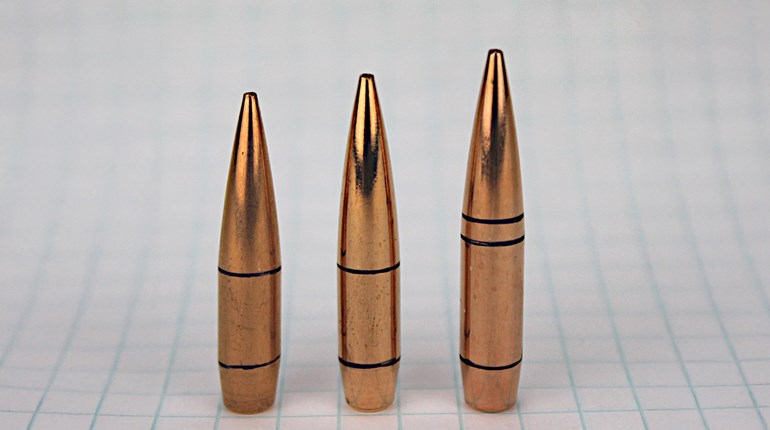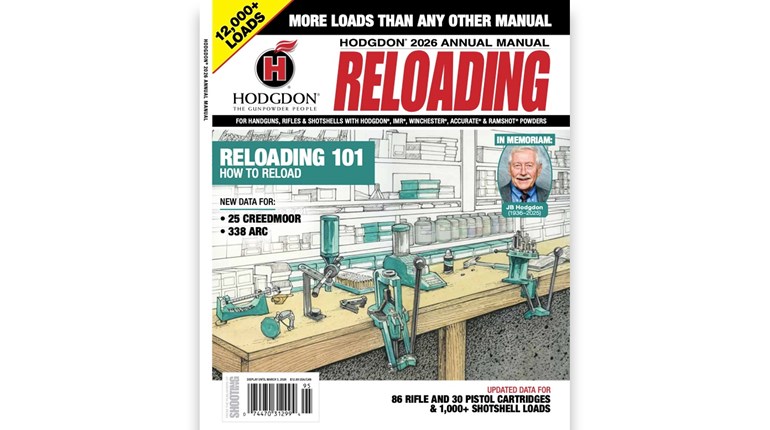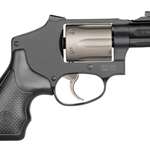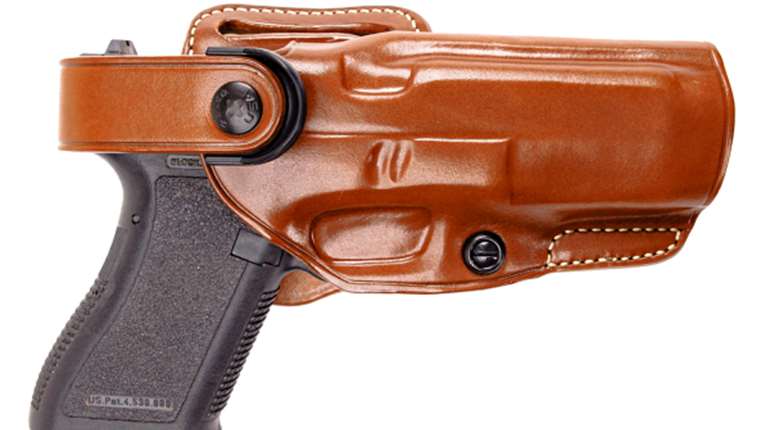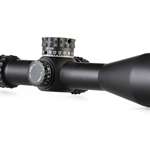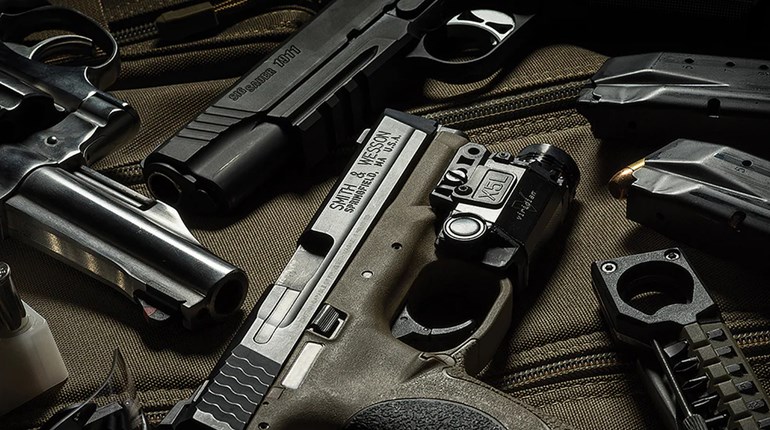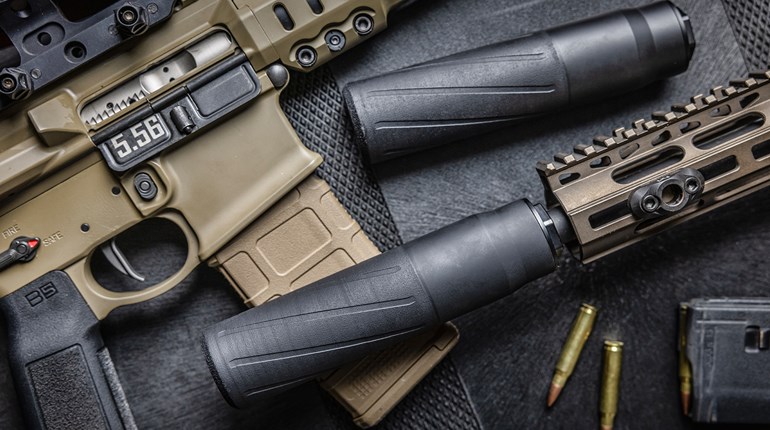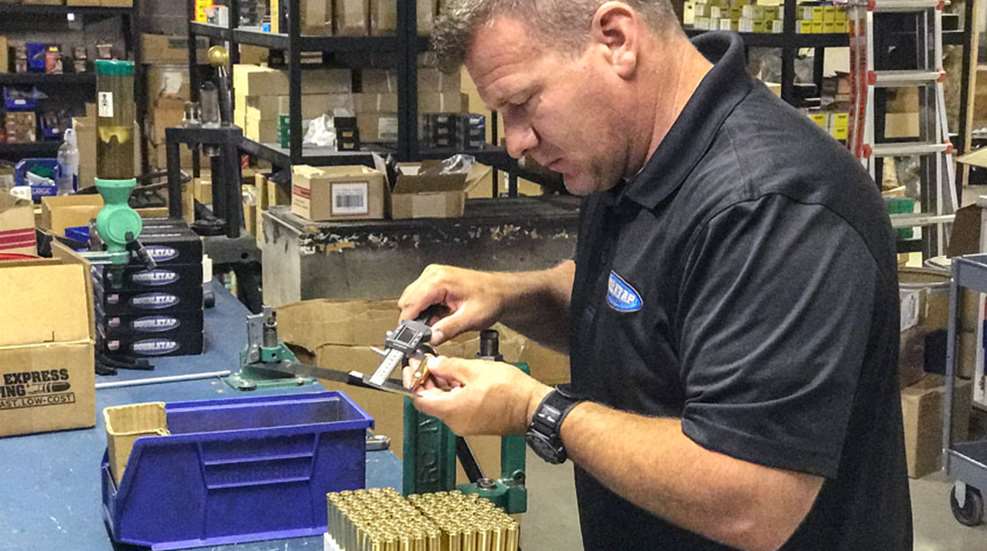
To ensure top performance, DoubleTap’s Mike McNett monitors the production process.
I’ve been working with Mike McNett at DoubleTap Ammunition to develop a general-purpose .308 Win. scout rifle load, capable of meeting Jeff Cooper’s frequently referenced ballistics of a 150-grain bullet at 2,700 fps. Cooper was impressed with how those ballistics—from a .30-’06 Sprg.—served Stewart Edward White and Teddy Roosevelt in Africa. I’ve seen their effectiveness, too. While discussing the project, our conversation turned to reloading in general and McNett shared some things he’s learned.
You see, when DoubleTap loads .308 Win. (or any other cartridge), it not only has to function and fire safely in the company’s test guns, it has to do the same in everyone’s guns. The ammunition also has to be at least reasonably accurate in everyone’s guns or the company will not have any return customers. So, when a guy like McNett (who has grown a garage-based business into a thriving worldwide ammunition company talks) you might want to listen up.
McNett says it all starts with consistency. Now, this should not come as a surprise, but the depth of the consistency he expects might. For example, McNett pays a lot of attention to the tension of the case neck on the bullet. He believes it has a great deal to do with how well his ammunition shoots in so many different firearms. To achieve extreme consistency in neck tension, you must make sure all your cases are trimmed to the same length so the crimp can be uniform. He jokingly advises to weld your seating die in place once you get the adjustment correct. A key to producing ammo with a uniform neck tension is to size all your brass with the same die, making sure to use the same process.
If consistent accuracy is your goal, it should be understood that you should use the same type of brass, too. Remington, Federal, Winchester and Hornady all make good brass, but it can all be slightly different. Don’t mix brass when attempting to load accurate ammunition. Not only can it impact accuracy, some brass can be thicker and boost pressures. Conversely, when loading handgun ammunition in bulk, for practice or plinking, mixing brass is not necessarily bad. Additionally, never mix primers. This can lead to inaccurate ammunition as well, but more importantly, over-pressure situations. McNett is also obsessive about ensuring all primers are seated to the same depth.
If you’ve loaded ammunition for very long, you’ve probably found a few pet loads you like for specific firearms. Hopefully you made notes about the powder, primer and bullet used. Those notes should be extensive and include overall-length measurements and any other steps taken in the loading process. These notes, or recipes, are how you can recreate those accurate loads. But, there’s something else to think about.
When powder companies produce canister powders, they must fall within a certain (and very narrow) burn-rate range. That can of IMR 4350 powder you purchase today may not have the exact same burn rate as the can you purchased five years ago. Granted, powder companies do an excellent job of providing consistently safe powders, but minute variances can exist. Just the same, when you tested your pet load five years ago, you might have used a different chronograph than you have today. For these reasons, its always a good idea to hold back a handful of any load you like so you can compare it (dimensionally and ballistically) with any new batch you create. At DoubleTap this is standard practice.
McNett also warns to use a good reference for data. And, as it’s been stated hundreds of times, never start with maximum loads. McNett says about 5 percent of the time a maximum load will be safe in the pressure barrel, but overpressure in one of his test guns. Always begin any loading project with starting loads and work up using a chronograph, while looking for pressure signs along the way. If a particular load is producing velocities higher than published data in your firearm, that does not mean you have a fast barrel, it means you’re near or exceeding maximum pressure.
Finally, for those who load in bulk, McNett suggests checking for consistency in batches. For example, after loading 50 or 100 rounds on a progressive press, pull a few and check that overall lengths are the same and also check to see if the powder charge being thrown is, too. Things can happen; dies can work out of adjustment, and gravity/volume powder feeds can become clogged. Before dumping those 50 or 100 rounds in with the lot, check to make sure that nothing has changed.
I’m not sure McNett and I can develop a general-purpose scout rifle load for the .308 Win. that will meet Cooper’s specifications in every scout rifle. Performance like that from the short 16-inch barrels many modern scout-like rifles have is, well, ambitious. Modern propellants might help, but that’s .30-’06 Sprg. ballistics from a lower-capacity case and stubby barrel. The difficulty of the project is why I turned to McNett. He loads lots of ammunition, he knows how to extract top performance and he knows how to make sure loads shoot well in most of the guns they might be fired from. Now you know some of how he does it.













